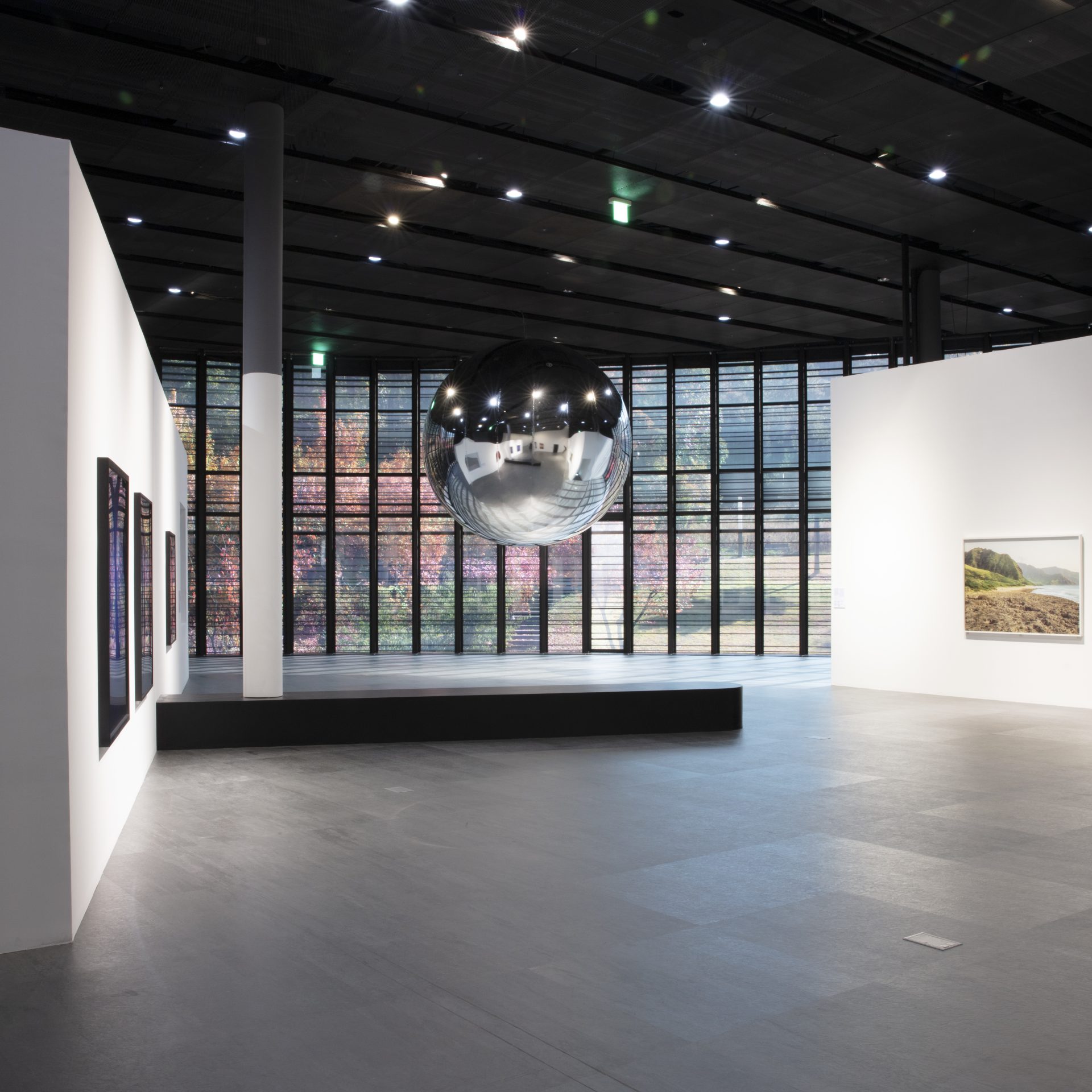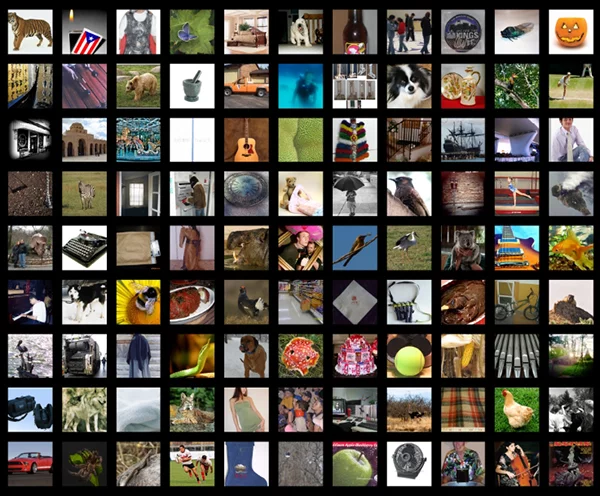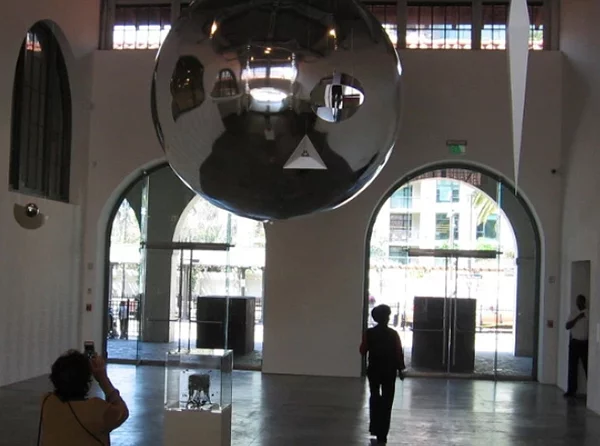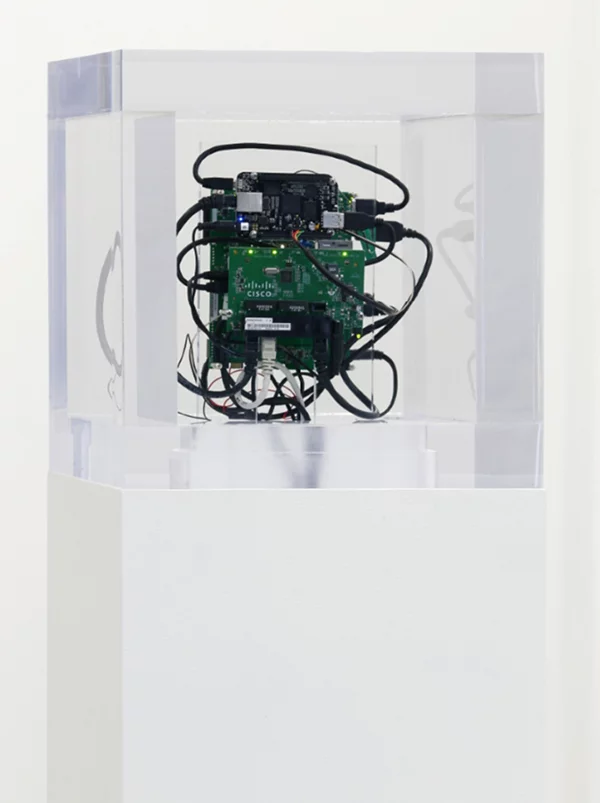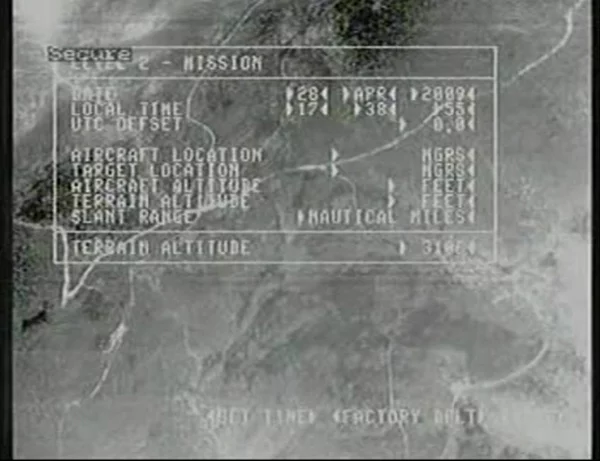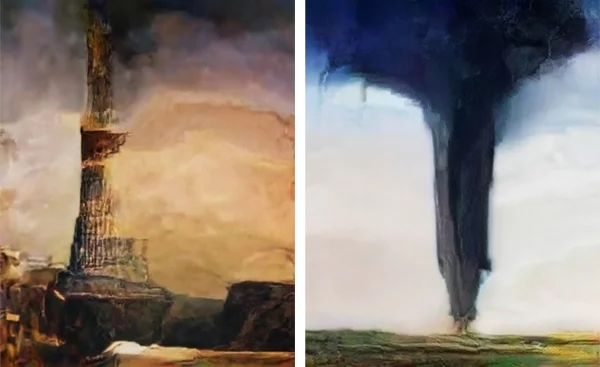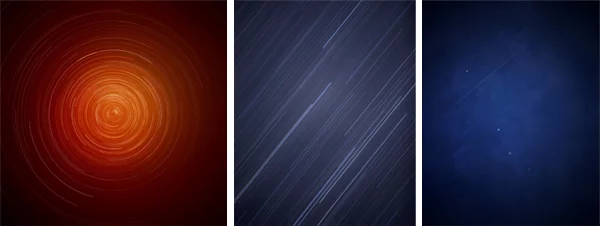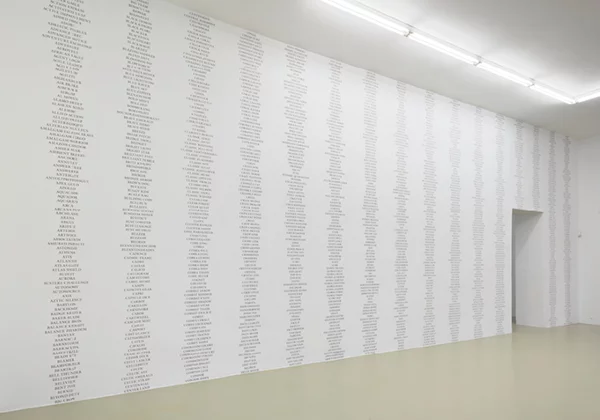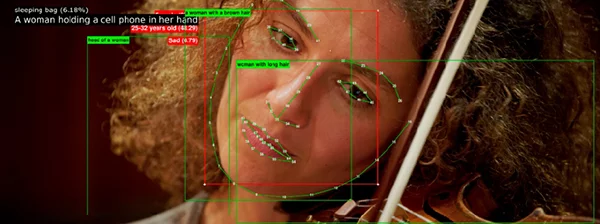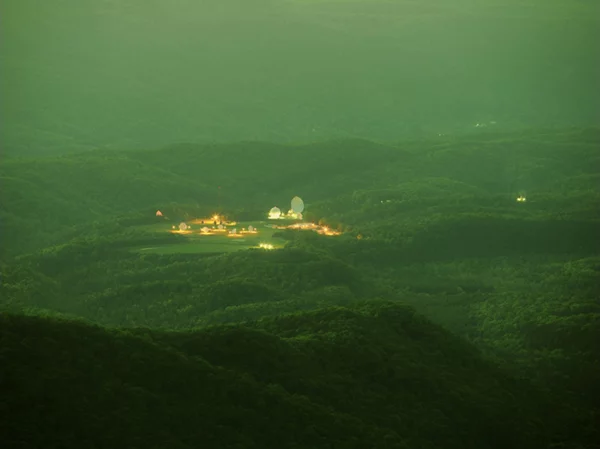Nam June Paik Art Center presents the first solo exhibition of Trevor Paglen’s, who is the 2018 Nam June Paik Art Center Prize winner, in Korea, from October 16, 2019 to February 2, 2020. Paglen, an artist with a PhD in geography, describes his works as “maps of the hidden landscapes and forbidden sites of the digital world” as he reveals invisible systems and physical devices of state surveillance.
Upon receiving the 2018 Nam June Paik Art Center Prize, Paglen commented, “it’s an incredible honor to be awarded the Nam June Paik Art Center Prize. Nam June Paik was an incredible visionary, an artist who taught us how to see a rapidly changing world, and a huge inspiration to me personally. To be recognized in relation to Nam June Paik is truly one of the greatest honor I can imagine.” Nam June Paik Art Center Prize jury committee chairwoman Kim Hong-hee praised Paglen as “an artist who implicitly exposes the secret surveillance devices of military and intelligence bodies using multiple media including photography, video, sculpture and installation. By visualizing the results of his thorough research and investigations through abstract color and formal exploration, he creates his own unique style, combining politics and aesthetics.”
Machine Visions, Trevor Paglen’s first solo exhibition in Korea, is an intensive exploration of the unique artistic world that Paglen has created, based on a variety of media. The exhibition title refers to the phenomenon whereby images are no longer created for humans but by machines in order to operate machines. Featuring 19 video, photographic and satellite works, this exhibition offers an overview of Paglen’s oeuvre, including images filmed and reproduced by AI systems, aesthetic constructions of surveillance satellites born of cosmic imagination, and visualizations of invisible state surveillance systems.
In his video work, Behold These Glorious Times!, we find images reborn from combinations data input from other image data on objects, sensations and human figures recognized by AI systems. These forms can appear strange and ugly, as frightening as monsters or phantoms. Coming face to face with these products prompts us to ask ourselves whether technological development is really creating the kind of world we wanted, and to wonder what we are actually seeing.
Paglen’s Prototype For a Nonfunctional Satellite is designed to evoke our imaginings about space. Taking the launch of a satellite and making it into a work of fine art, Paglen uses his work to pose questions that let us renew our interest in and perception of space, still a place of mystery. He describes these works as “impossible objects.” Paglen’s satellites serve no commercial or military purpose; rather, they are designed to become temporary artificial stars, creating pure happiness and a sense of mystery.
In works such as They Watch the Moon and 89 Landscapes, Paglen photographs surveillance and communication systems, global internet hubs (Frankfurt, Amsterdam, London) and intelligence agency buildings created with the aim of ensuring military secrecy. Noting that power is enabled by infrastructure, Paglen directs his gaze directly at the power systems that exist secretly within it.
Calling his works “maps of the hidden landscapes and forbidden sites of the digital world,” Paglen uses high-performance optics and telephoto lenses, or dives 100 feet below the surface to explore the sea bed, photographing scenes of deep space and bottomless abysses. Capturing places of accumulated data, from hidden sites such as classified military installations and prisons to data from the digital world, drawing on AI, cable, and spy satellites, he re-compiles his own political map of unseen, unmapped places.





